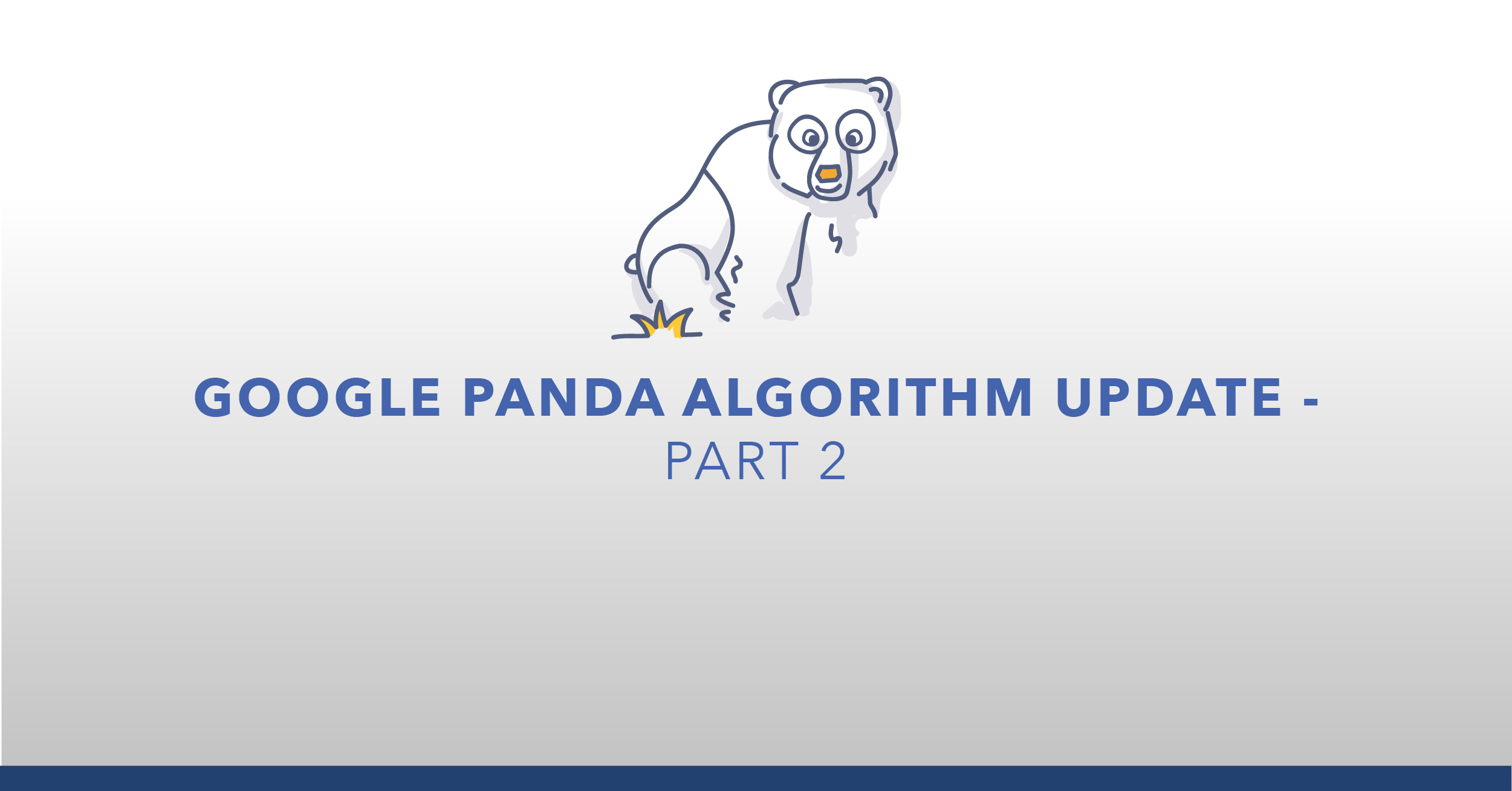Learn how the “Farmer” algorithm update (now referred to as the Panda update) on Google affected the search landscape through the viewing glass of a large sample of keywords that we track daily. Some surprising insights into the types of sites that went up and down.
This post was originally published as a Clarity Insight paper and has been converted into a post for easier viewing. Questions/Comments – We’d love to hear them
BACKGROUND
seoClarity tracks and reports on a large number of data points related to search optimization on a daily basis. This incredibly detailed daily view puts us in a unique position to be able to measure the cause and effect relationship for every change in the SEO landscape – those affected by SEO’s themselves, as also those that occur outside of their control.
Google’s “Farmer” algorithm update (as named by Danny Sullivan in his article on SearchEngineLand –http://searchengineland.com/google-forecloses-on-content-farms-with-farmer-algorithm-update-66071) is an interesting case study to see what our data reveals is happening in the search landscape.
Below is just a high level analysis put together in a few hours by our analysts. Much more detailed, industry-by-industry analysis will be available shortly to our clients.
METHODOLOGY
For the purpose of this analysis we took a small, yet significant random sample of ~60,000 keywords from our database of tracked keywords and the top 10 domains ranking for each keyword. We then compared the data for 02/22/2011 with the data for 02/24/2011 to put together the insights below.
In total, there were over 84,000 unique domains across the keyword set selected. We took care to eliminate any domains that had manual penalties applied on them recently since they would unnaturally skew the data. Also removed were universal results, shopping, news, maps etc. that we track as rankings but wouldn’t be relevant to this update. Also, we verified the historical fluctuations in the rankings for domains reported below to make sure that there was a strong correlation between the event (algorithm update) and the rankings change.
RESULTS
ClarityInsight #1
Top 10 Domains with greatest losses of Top 10 Rankings
(Based on count)
These are domains that have literally dropped off the Top 10 positions.
| Domain | 02/22 | 02/24 | Change %ge |
| TheFind.com | 3555 | 1721 | -51.6% |
| BizRate.com | 2799 | 1769 | -36.8% |
| ShopWiki.com | 1255 | 402 | -68.0% |
| EzineArticles.com | 1039 | 294 | -71.7% |
| HubPages.com | 1027 | 321 | -68.7% |
| Buzzillions.com | 1001 | 380 | -62.0% |
| Shopping.com | 924 | 333 | -64.0% |
| Suite101.com | 712 | 163 | -77.1% |
| Kaboodle.com | 727 | 211 | -71.0% |
| AssociatedContent.com | 618 | 194 | -68.6% |
It appears Danny Sullivan is right on the ball with his hypothesis that despite Google not willing to admit that content farms were targeted, those are the kinds of sites targeted.
What is interesting though is that the definition of a content farm may be much broader than anyone suspects. The decline in rankings out of Top 10 for TheFind.com, BizRate.com, Shopping.com etc. is contrary to what we typically envision when thinking about content farms.
Clarity Insight #2
So we know who declined from the above, but it also begs the question – who gained?
Top 10 Domains with greatest gains of Top 10 rankings
(Based on count)
| Domain | 02/22 | 02/24 | Change %ge |
| Amazon.com | 25627 | 27349 | 6.7% |
| eHow.com | 3499 | 4189 | 19.7% |
| NexTag.com | 8070 | 8638 | 7.0% |
| Wikipedia.com | 7578 | 8050 | 6.2% |
| Walmart.com | 4045 | 4498 | 11.2% |
| Target.com | 3680 | 4102 | 11.5% |
| Etsy.com | 1761 | 2104 | 19.5% |
| Answers.Yahoo.com | 1182 | 1485 | 25.6% |
| Sears.com | 1532 | 1819 | 18.7% |
| bestonlinecoupons.com | 228 | 430 | 88.6% |
| DrFosterSmith.com | 1698 | 198 | 13.2% |
Maybe it is to be expected that when spam sites are penalized, the brand names gain. In this case though, while Amazon, Walmart, Sears and Target have gained, there are also interesting gains by eHow, NexTag and Answers.Yahoo.com – sites that would typically be counted in the same group as the sites that we noted have fallen above.
CAVEATS
As with any analysis, there are some important caveats to note.
1) This analysis is by no means a comprehensive look at everything. A more comprehensive analysis on our entire tracked keyword database would be more likely much more informative, but we chose expediency vs. comprehensiveness for this round of “public” information sharing.
2) Our overall keyword set is heavily skewed towards e-commerce site. The random sample taken for this analysis therefore would also be skewed more heavily towards e-commerce sites than general information sites.
3) The follow-up to this analysis will be a more detailed dive by industry.
QUESTIONS?
Interested in deeper insights? Find out more about the most advanced SEO Platform on the planet or contact us for a demo!
ABOUT US
seoClarity is the first and only Enterprise SEO Platform that provides you complete visibility into ALL of your SEO efforts – from on-page and off-page optimizations, to keyword rankings, click-through rates and conversion rates – and updates it daily!
seoClarity helps make search optimization analytical, data-driven and accountable. Enterprises, professional SEO’s and Agencies can finally track, manage and analyze ALL their SEO efforts with ease and answer the 3 key questions:
What is happening with my SEO results everyday?
What is the true ROI impact of each effort?
Where is the opportunity?
Find out more about our advanced statistical models, patent-pending analyses and flexible, scalable, global platform that make us the only Intelligent Enterprise SEO platform choice.





1 Comment
Click here to read/write comments